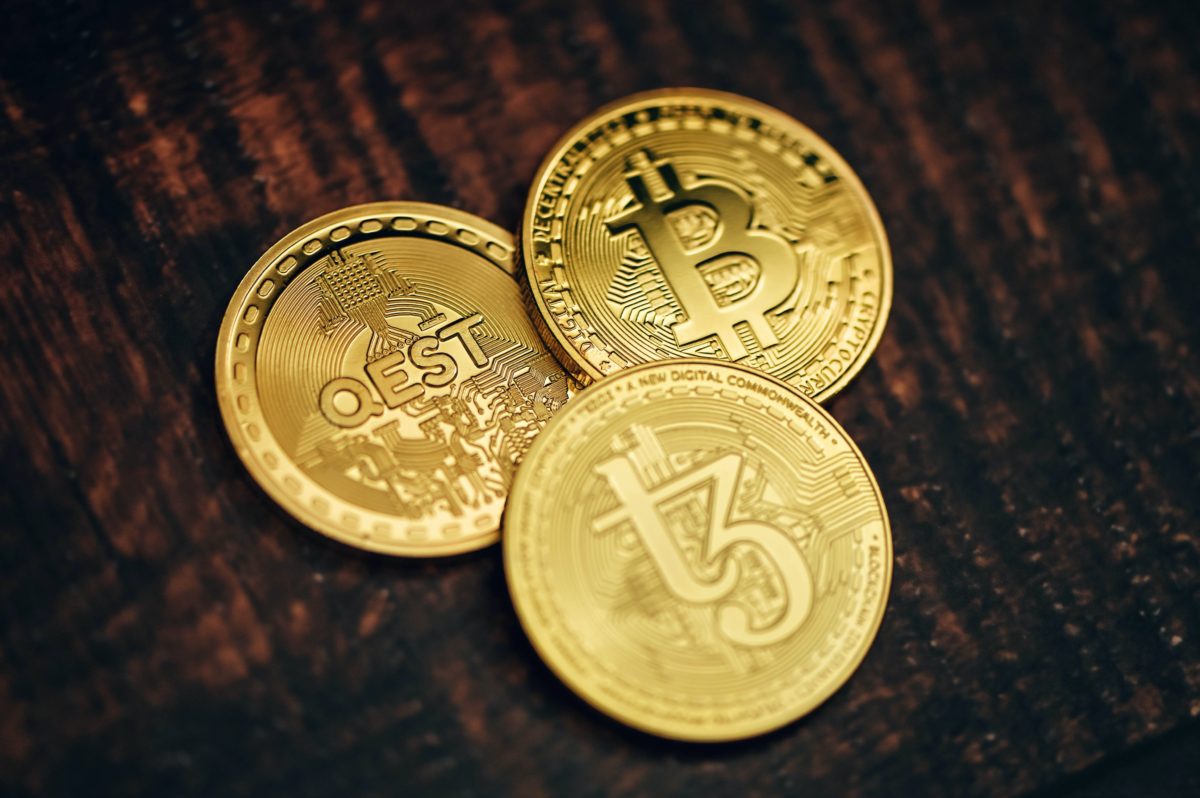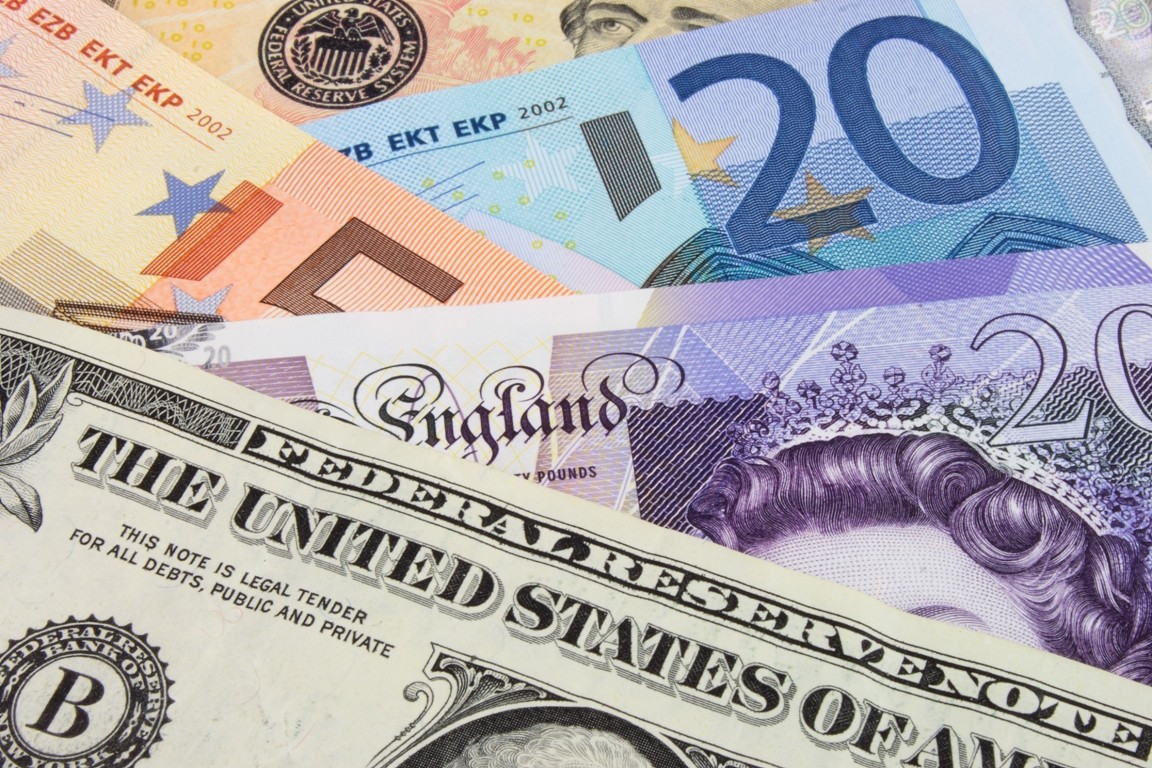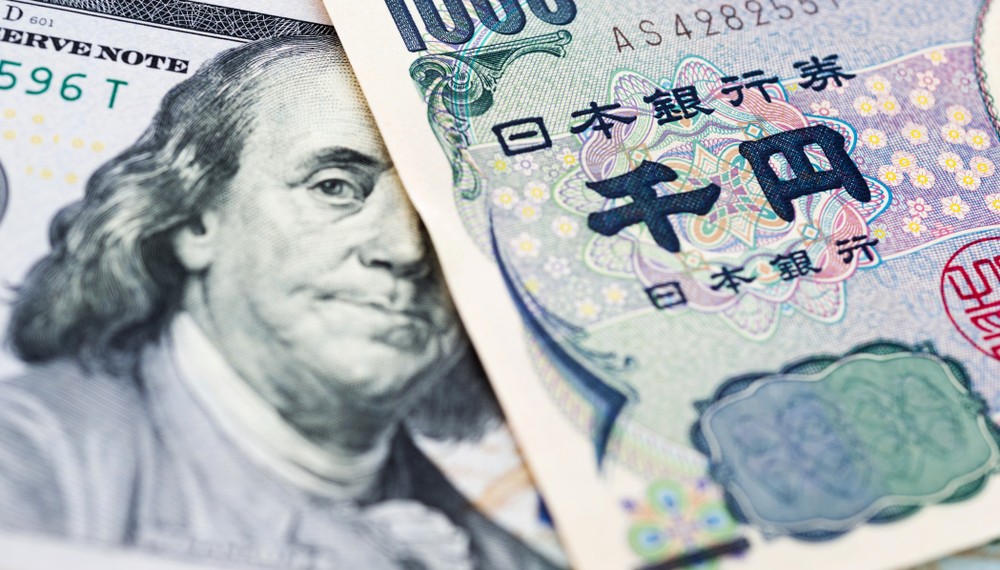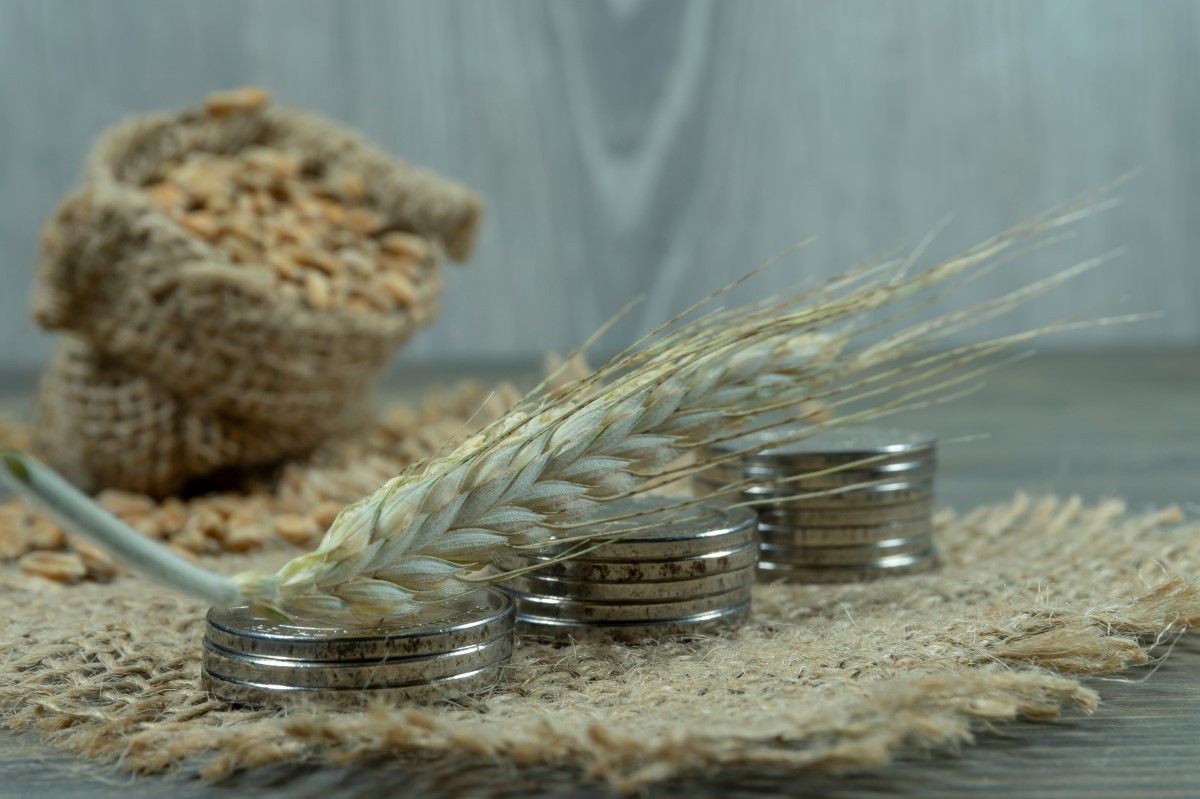The Central Bank of Turkey remains the most active in the official sector when it comes to buying gold for its reserves. Amid a slowdown in demand, compared to previous quarters, central banks in Turkey, India, and Kazakhstan were the most active in June.
The latest data on official central bank reserves, recently published by the World Gold Council, reflects significant buying and selling activity. However, the volume is far from that achieved in the past two years.
The central bank of Turkey carried out the most important purchase operation for yet another month. It acquired 22.2 tons of gold, increasing its reserves in said metal to 583 tons, which constitute 37.9% of total reserves.
In the second quarter of the year, the Central Bank of Turkey acquired 97.8 tons of gold, representing 85% of total metal purchases between March and June 2020.
Turkey has taken over Russia in the acquisition of gold
In this sense, Turkey has replaced Russia as the most active country in the purchase of gold. Since last April, the Central Bank of the Russian Federation has stopped increasing its gold reserves.
India took second place in the purchases of the precious metal. The country increased its reserves by 2.8 tons of gold in June. Owning a total of 657.7 tons of gold places it among the 10 countries with the largest reserves of the metal.

The third major operation was executed by Kazakhstan, a former Soviet republic. The National Bank of Kazakhstan acquired 1.4 tons of gold last June, bringing its total reserves to 378.5 tons.
The National Bank of the Czech Republic bought 1.2 tons of gold, which has served to increase its reserves to 9 tons.
The rest of the purchase operations, for amounts less than one ton of gold, were as follows, Russia – getting a marginal amount of 0.7 tons, Taiwan – 0.3 tons, Poland – 0.1 tons, and Egypt – 0.1 tons.
Central banks cut their demand for gold
Net purchases made by central banks during the first half of the year were 233 tons, 39% less than in the same period of 2019. Even so, this figure was only 6% lower than the average for the first half.
Figures for the second quarter of the year significantly reflected the impact of the Covid-19 on the market. The central banks only bought 114.7 tons, 50% less than in the same quarter of 2019. The number is also 15% lower than the quarterly average of the last five years.
Interested in an Islamic Forex Trading Account? Read WiBestBroker’s comprehensive review on Vlom.










COMMENTS